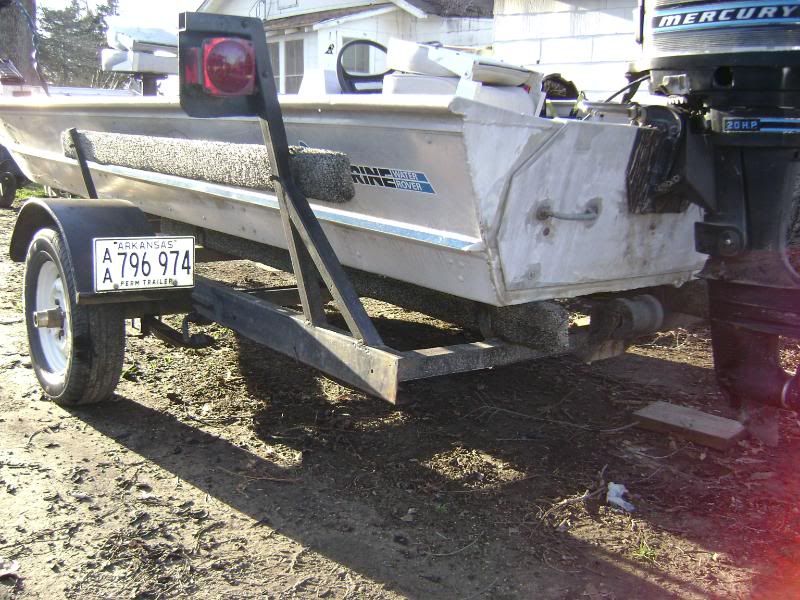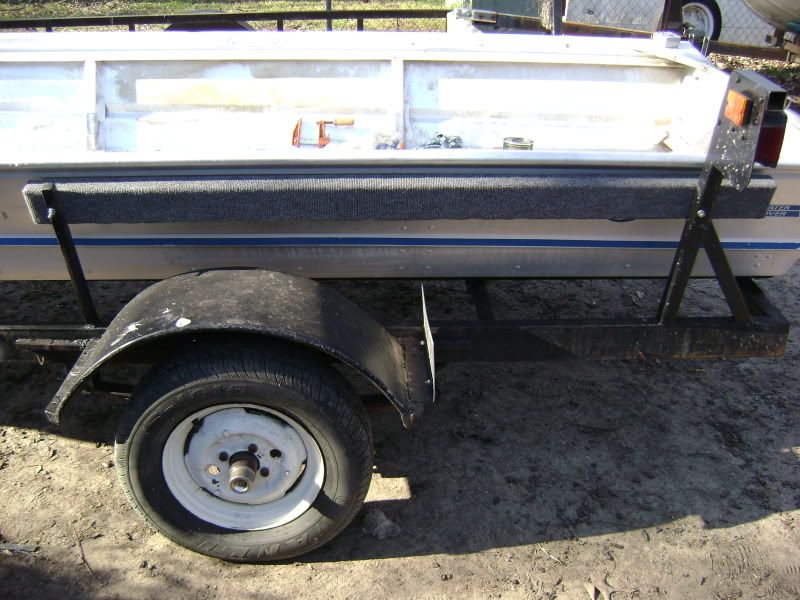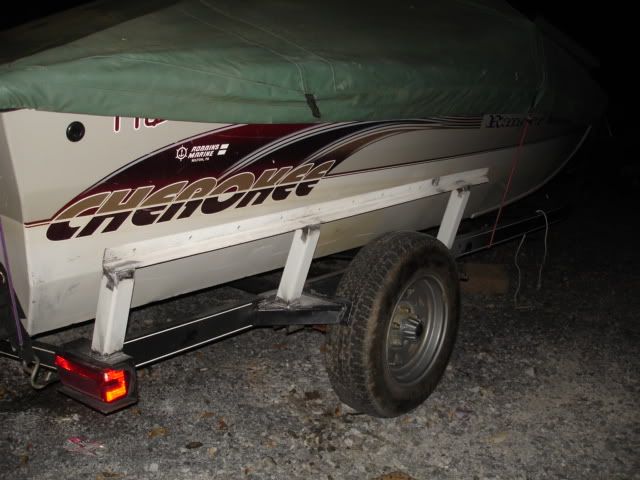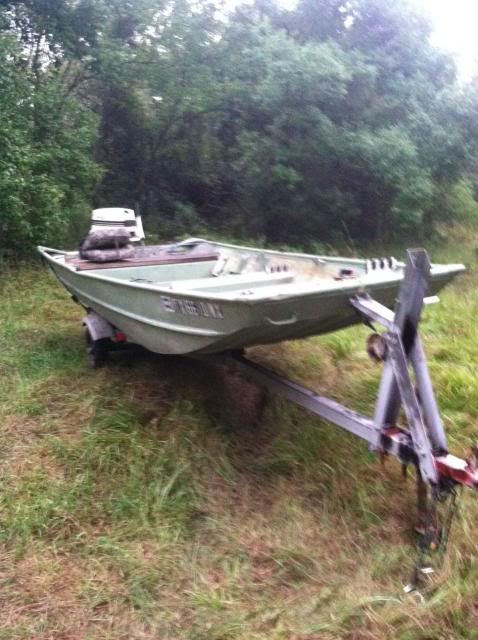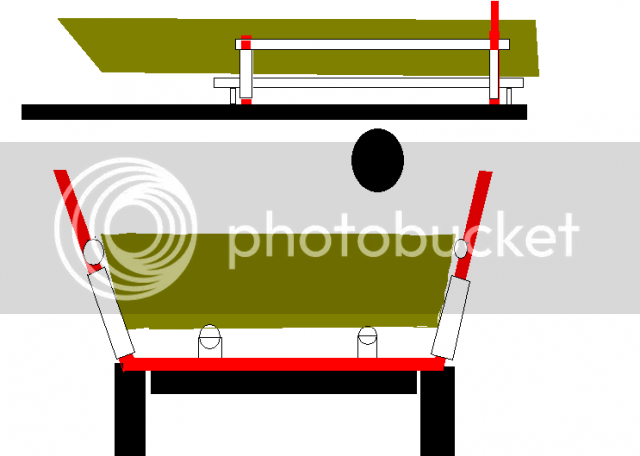pafree
Active member
my boat is a little wide for the trailer so i want to add guides for put the boat on the trailer. i have had a trailer with POSTS in the past but my son was loading the boat on the trailer in a strong cross wind and the boat kept twisting around the post and even broke one off one time. i am leaning towards the guide boards but wanted opinions. any homemade versions with big box supplies? it will be used in salt so gotta go galvanized.



